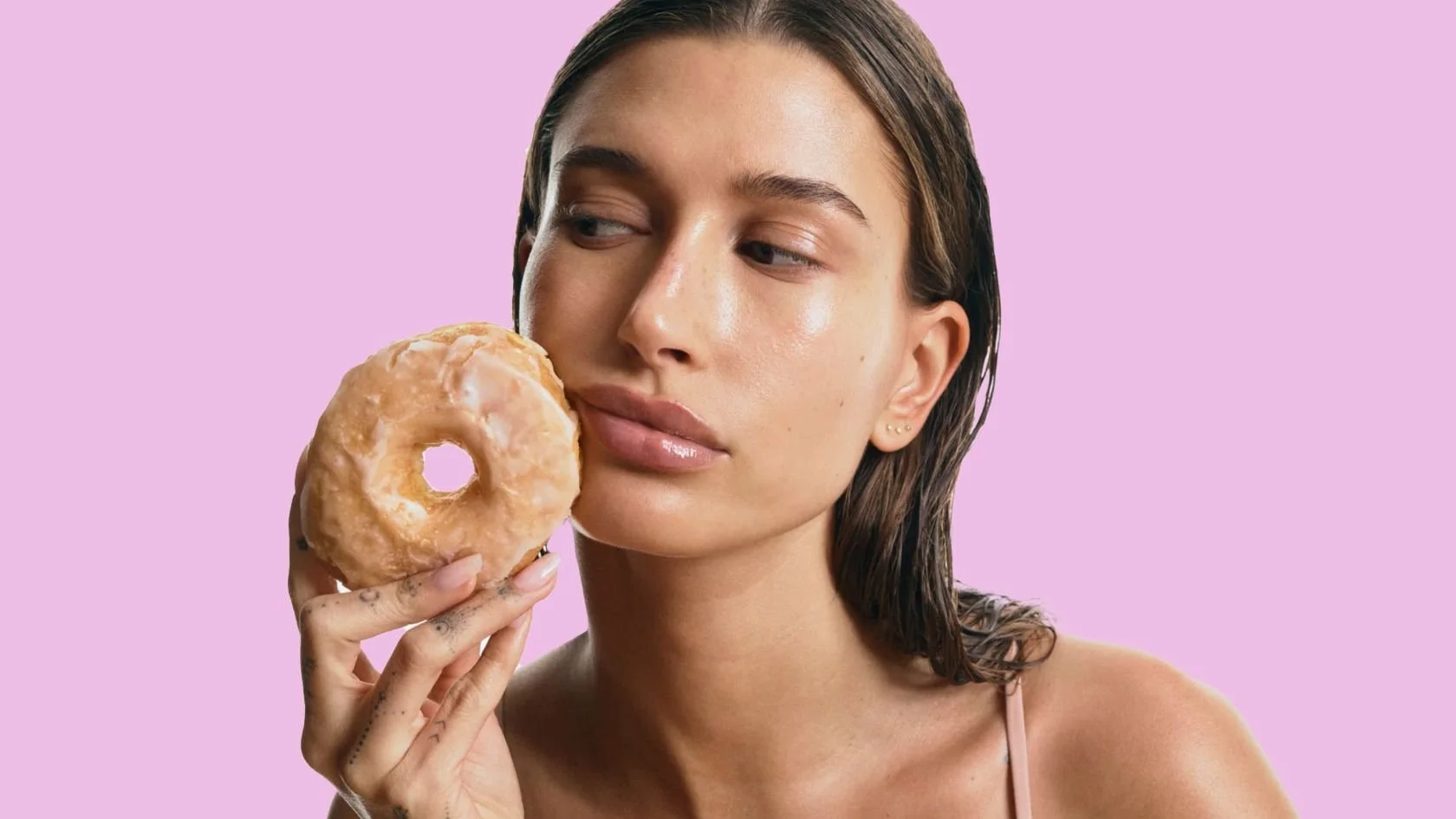Rhode Skin: A Success Story as Sweet as Sugar
Photography by Stevie Dance
Hailey Bieber’s skincare brand, Rhode Skin, is entering a new chapter. Known for its cult-favorite Peptide Lip Treatments and Glazing Milk toner, Rhode will hit Sephora shelves across the U.S. and Canada this autumn. But that’s not the only headline-grabber: Rhode has just been acquired by E.l.f. Beauty for a jaw-dropping $1 billion. Yes, $1 billion.
According to E.l.f. Beauty's leadership, the acquisition wasn’t just about numbers. “What we saw in Rhode was another like-minded disruptor,” they said. “I see Hailey as much more than a celebrity—she is one of the most thoughtful founders I’ve ever met.”
So, what makes Rhode that desirable?
Sweet Treats & Subliminal Cravings: The Psychology Behind Rhode’s Branding
Rhode isn’t just selling skincare, it’s selling a feeling. The brand’s signature aesthetic—soft pinks, glossy textures, whipped creams, and confection-like packaging—taps into something deeper than beauty: our craving for indulgence and comfort.
Rhode’s marketing often positions products as mouthwatering treats, a trend that aligns with the psychology of food-associated advertising. Think: Peptide Lip Treatments shot like jelly candies, Glazing Milk evoking the creamy richness of your morning latte. This strategy isn't just cute, it’s not just smart, it’s psychological.
By aligning skincare with the language of dessert, Rhode makes its products feel both emotionally irresistible and sensorially satisfying. It’s the same logic behind buzzy collabs like:
Saie Beauty x Milou Café
L’Oréal Paris x Andrea’s Cookies
Garnier x COPS Donuts
Innisfree x Fix Coffee
These crossovers aren’t just for shock value, they’re about creating memorable, consumer-first activations that bring the brand into everyday emotional life.
Why Does This Matter?
In today’s saturated beauty market, functionality alone won’t cut it. Consumers want emotional connection. Rhode proves that making your product desirable is just as important as making it effective. It’s not just about what your product does, it’s how it makes people feel.
Food-themed marketing taps into:
Subconscious cravings (pleasure, indulgence, nostalgia)
Human basics (comfort, reward, anticipation)
Sensory memory (taste, touch, visual satisfaction)
The Next Layer: Surprise & Playfulness
This emotional marketing trend extends beyond food. Just look at the surge in popularity of blind box collectibles like Labubu—consumers are craving surprise, anticipation, and play. It’s not just about the product, it’s about the experience of discovery.
Flavor Forecast: Is Food-Based Marketing Here to Stay?
As we look ahead, the Pantone Color of the Year offers a telling clue:
2024: Peach Fuzz
2025: Mocha Mousse
The food-forward palette is far from over. But here’s the real question: At what point will consumers feel “full”? Will the constant stream of dessert-inspired imagery start to feel overindulgent? Or does this strategy tap so deeply into our psychological wiring that it’s here for the long haul?
TL;DR:
Rhode Skin is more than a beauty brand, it’s a masterclass in emotional marketing. By blending skincare with the irresistible world of sweet treats, Rhode satisfies cravings both literal and metaphorical. And with a $1B valuation, it’s clear: this recipe wo

